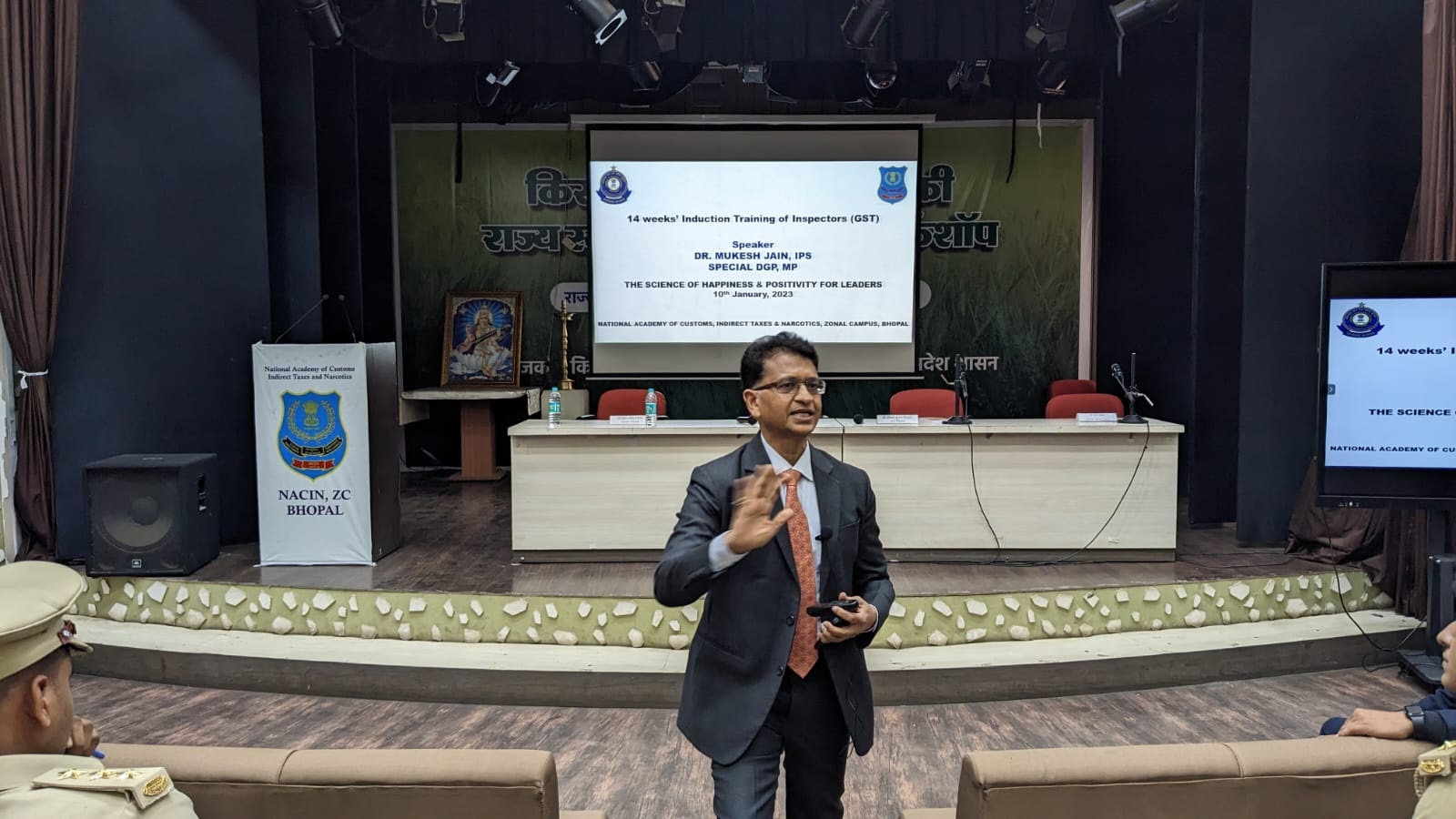Accessible India Campaign
Accessible India Campaign (Sugamya Bharat Abhiyan) — a landmark mission to make India barrier-free and inclusive for persons with disabilities.
Accessible India Campaign
One of the most defining and fulfilling chapters of my public service journey was the conceptualization and national rollout of the Accessible India Campaign (Sugamya Bharat Abhiyan) — a landmark mission to make India barrier-free and inclusive for persons with disabilities. This was not merely a government scheme; it was a transformative movement aimed at reshaping how we, as a society, think about accessibility, dignity, and human rights.
Create Happiness & Inspire More!
Let’s take each moment as an opportunity to uplift, to celebrate, and to remind one another that true success lies not just in achievements, but in the happiness we spread.



